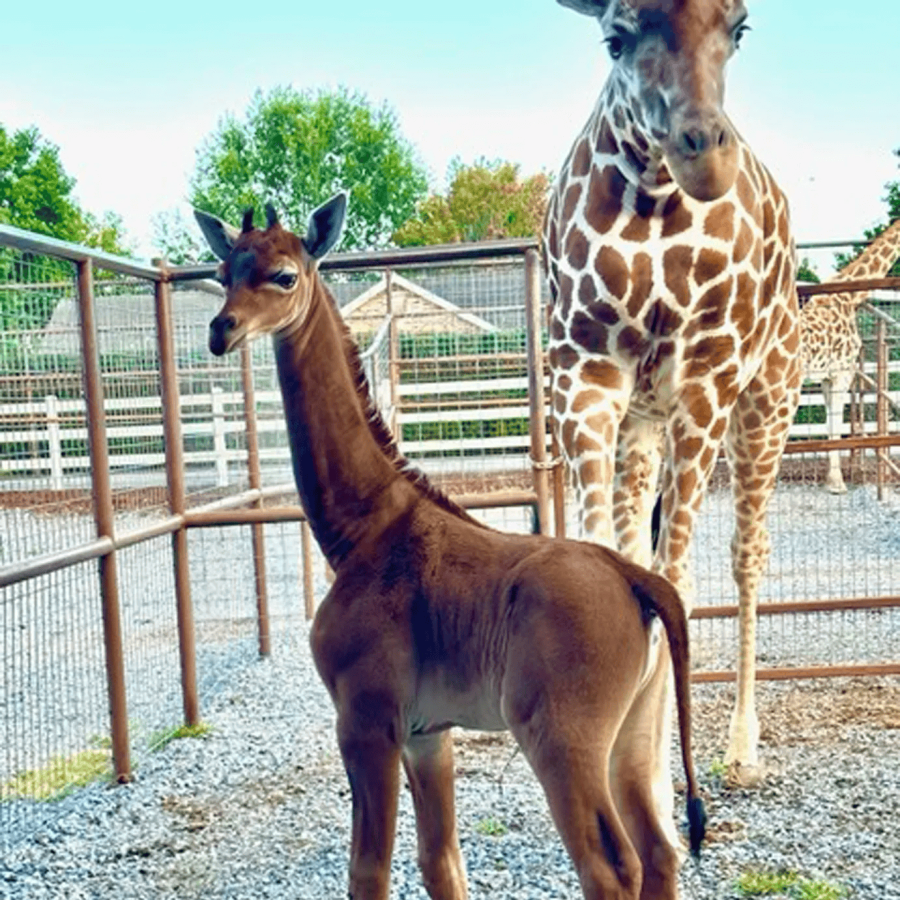The Classical vs. Evolutionary Definition of Homology
Classically, homology meant similarity of structure and position (e.g., bone patterns), not descent. However, Darwin claimed that homologies proved common ancestry. He wrote in On the Origin of Species: “What can be more curious than that the hand of a man, formed for grasping, that of a mole for digging, the leg of the horse, the paddle of the porpoise, and the wing of the bat, should all be constructed on the same pattern, and should include the same bones, in the same relative positions?”
However, let’s examine something from a logical standpoint. Darwin’s claim was that homology proved common ancestry, but the modern redefinition of homology is “similarity due to common ancestry” (Berkeley’s David Wake, 1999).
And so, a problem arises. You see, once homology is defined in terms of common ancestry, it cannot logically be used as evidence for common ancestry. This is circular reasoning. Organism A and B share a common ancestor because they’re homologous, and they’re homologous because they share a common ancestor.
We observe similarities between A and B through comparative anatomy, genetics, or other scientific methods (e.g., similar bone structures in different animals). These similarities are real and observable, but their cause is where interpretations differ.
Also, according to philosopher of biology Ronald Brady, “By making our explanation [common ancestry] into the definition of the condition to be explained [homology], we express not scientific hypothesis but belief.” This means that redefining homology as “common ancestry” turns science into dogma.
The Orthodox view holds that Scripture affirms that God created “each according to its kind” (Genesis 1:24), which implies fixed biological boundaries—which homology supports in terms of designs being reused. St. Basil (Hexaemeron) observed that creatures reflect God’s orderly design, while St. John Damascene taught, ‘The Creator fashioned all things with order and measure’. Similarities between different creatures point to a Designer, not chance ancestry from unguided evolutionary processes.
Exceptions That Break the “Rule”
Also note that many animals and plants possess features that are similar in structure and position, but are clearly not derived from a common ancestor with those features. If homology proves common ancestry, why do these exist?
- The camera eye of a vertebrate and a squid are nearly identical structures, yet no proposed common ancestor had a camera eye. Evolutionists call this “convergence”—but why would random mutations produce identical designs twice?
- The spines of Australian echidnas and North American porcupines are nearly identical, but echidnas are egg-laying monotremes, and porcupines are placental mammals. This vital difference means that echidnas and porcupines had fundamentally different origins, and they did not inherit their spines from a spiny common ancestor, meaning homology fails.
- The folds of skin between the forelimbs and hind limbs of Australian flying phalangers and North American flying squirrels are very similar. Yet their reproductive systems are utterly distinct (pouch vs. womb). Again, they had very different origins.
Similarity only sometimes aligns with ancestry, and this inconsistency undermines homology as evolutionary proof.
The Convergence Conundrum
Another problem with using homology as evidence for common ancestry is that examples of convergence are widespread. Cambridge’s Simon Conway Morris (2003) wrote that “convergence is ubiquitous.” If evolution predicts branching diversity, why do unrelated species repeatedly “converge” on the same solutions (e.g., wings in bats, birds, and insects)? And, if convergence is ‘ubiquitous’ (as Morris admits), why invoke common ancestry at all?
The biblical creationist perspective is that engineers reuse effective designs (e.g., wheels for cars, aeroplanes, and carts), and God, as the Divine Engineer, explains homology and convergence without contradictions or ad hoc exceptions.
Conclusion
Homology, when defined classically, points to a Common Designer. Redefining it as ‘proof’ of ancestry is circular and fails to explain widespread convergence. Orthodox Christianity affirms a Creator who repeats brilliant designs—just as humans reuse wheels or wings.
You can find more articles in this series here.



